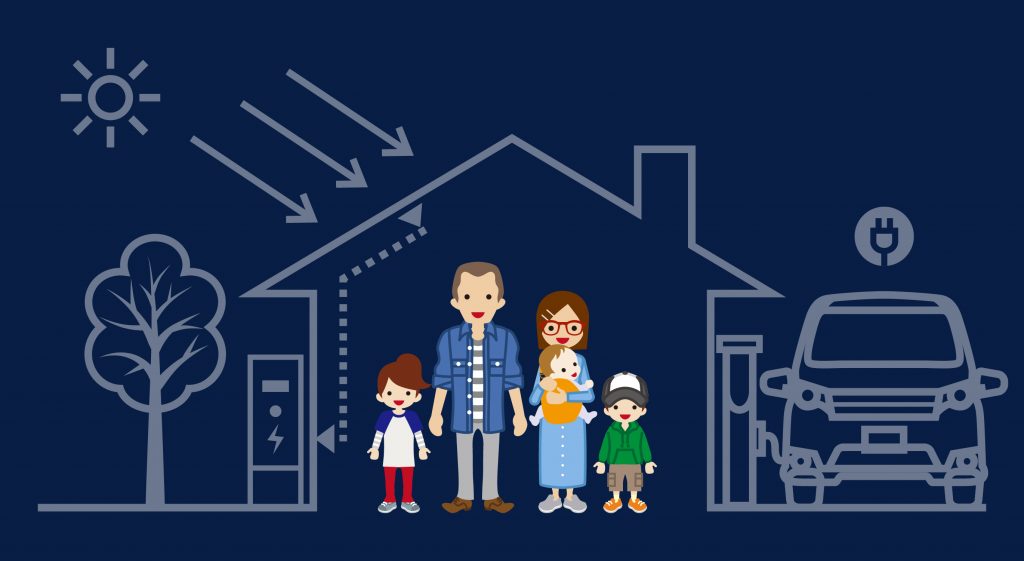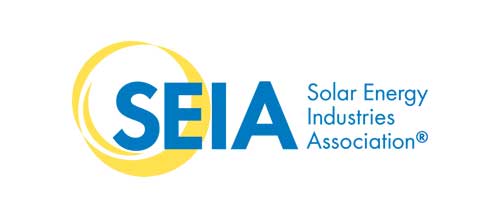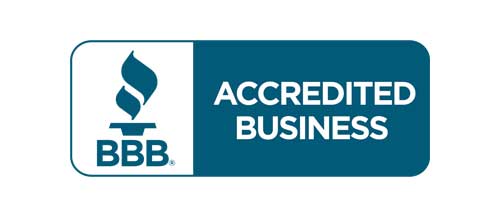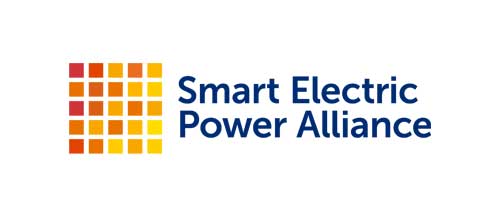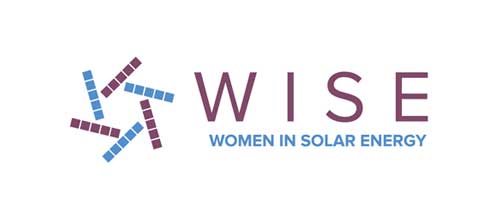By Paul Watson with insights from sonnen
Welcome to another installment of the Dividend home energy and improvement blog series. At Dividend, our goal is to leverage our partner network as well as strategic partnerships with manufacturers and distributors to deliver unique and timely insights into the constantly evolving home energy industry. In today’s article we are excited to discuss the tremendous growth within the energy storage sector as a compliment to solar and overall home improvement
.
The main question we are exploring today is: are there enough batteries currently available to meet the growing demand for storing excess solar energy? According to Bloomberg’s article published this October, For Now, at Least, the World Isn’t Making Enough Batteries, demand has exceeded the world’s few suppliers.
Demand for intelligent energy storage, and in particular intelligent storage using batteries, continues to grow as economies of scale accelerate cost reductions, local and national incentive programs continue and new applications for greater energy management emerge. Smart Energy Power Alliance (SEPA), for example, highlighted the multitude of new use cases for battery storage in their 2018 Energy Storage Snapshot. These factors ranged from new incentives, to changes in utility policies (from net metering, to time of use), and most recently the surge in demand from Electric Vehicles and EV charging stations.
Another factor of growing demand for energy storage and battery storage is the increasing need for resiliency that stems from ongoing climate disasters, including tropical storms and hurricanes. Solar alone does not work when the power goes out. Top solar PV regions such as, Puerto Rico, the Carolinas, Florida and Texas, have the solar supply but are unable to meet the demand for resiliency without batteries. A handful of storage manufacturers are not facing supply constraints, while other top brand manufacturers are on back order until late 2019 according to many of Dividend’s partners in the region.
While there are areas where energy storage is already flourishing (as shown by SEPA in the chart below), the market remains in its early stages of development and forecast models continue to be revised with new growth opportunities.

Source: SEPA, 2018 Utility Energy Storage Market Snapshot
Given the potential battery supply constraints, Dividend sought to understand how manufacturers addressed this demand and more importantly, are preparing for the growth forecast in 2019 and beyond. Dividend touched base with sonnen’s Ethan Moskowitz, about their take on product availability and what it means from a manufacturer’s perspective. Specifically, we asked him to weigh in on how can you manage “quality” growth in such a booming and changing market while also leading in technological innovation?
Their response was enlightening in that it was two-fold; 1) sonnen keeps their engineering, design and distribution local, close to the demand source, and 2) sonnen continues to focus on meeting the demand for resiliency and solar energy management while innovating new energy storage products that provide greater value, including smart home integration.
Ethan notes that “sonnen’s eco and ecoLinx intelligent residential energy management systems are designed, engineered and manufactured in the United States at our InnovationHub outside of Atlanta, Georgia. Our commitment to product quality, safety and long-lasting system performance is reflected in the premium components we’ve chosen to include within each system, most notably in the use of the Lithium-Iron Phosphate battery chemistry. Our products are warrantied for a minimum of 10 years and our ecoLinx for 15 years and we believe that your energy storage system’s capacity should be designed and built to continue delivering clean and reliable energy at least as long as your solar array lasts.”
Ethan continues, “Our most recent product innovation – the sonnen ecoLinx – is the first energy management system that intelligently powers smart homes with clean energy by integrating with several leading front-end home automation systems, including Crestron and Control4. This integration and communication enable the ecoLinx’s energy automation software to dynamically select and power key circuits that are managed by home automation systems, providing load management and load shedding to reduce power usage during peak utility rate periods and smarter back-up power in the event of a grid outage.”
Sonnen quickly responded to this current demand for connected home and smart devices, allowing homeowners to become more informed about their overall consumption, and in many cases, changing behaviors to become more energy efficient.
In conclusion, we’ve learned the following three main points regarding the demand for solar storage in 2019. 1) Continued supply constraints and unfulfilled homeowner demand will drive energy storage innovation upwards. 2) Other demands from climate disasters, EV adoption, time of use rate changes, and net metering policy changes will make growth forecasts models more difficult to pinpoint. 3) Homeowners will seek products that offer an overall solution for a connected and smart home and become more aware of energy efficient devices to reduce electricity costs. (The availability of financing such as home improvement loans will also accelerate latent demand).
As Dividend continues to grow our solar and home improvement financing options, stay tuned for our upcoming “Thought Leadership” blog series with a focus on Home Energy as we close out 2018 and prepare for 2019 and beyond!
